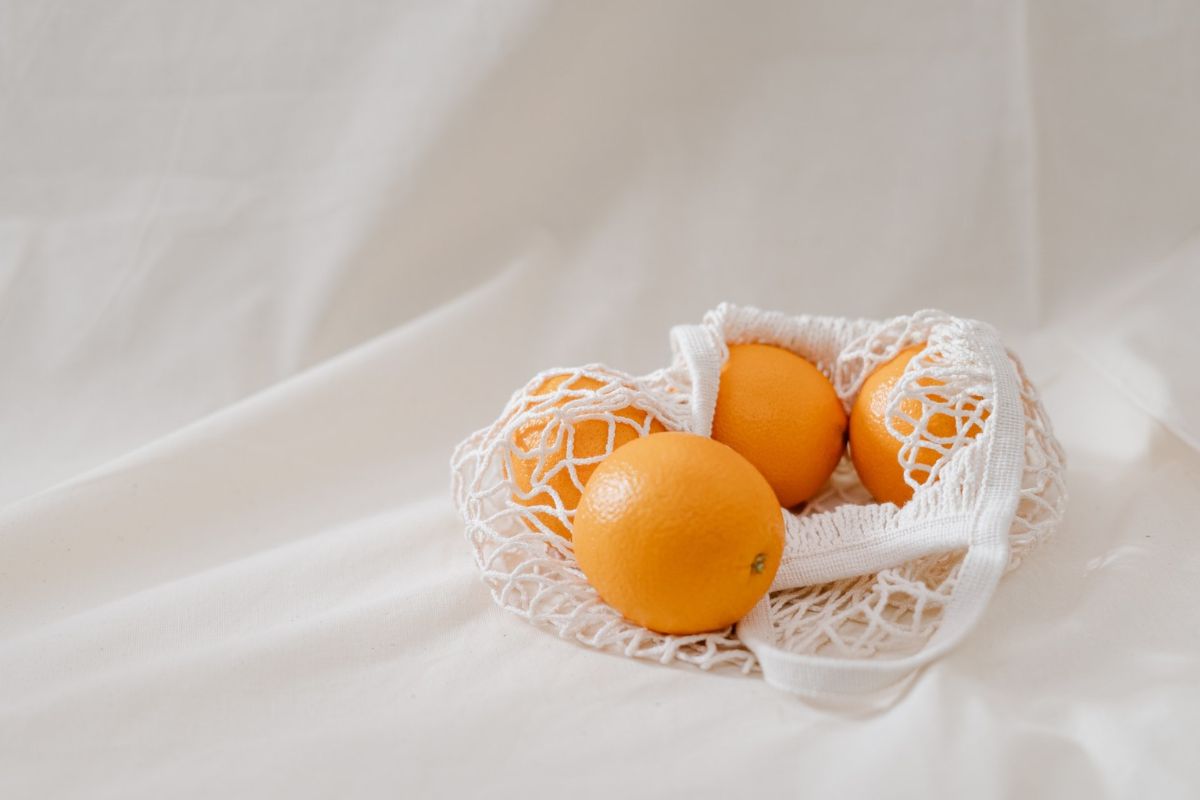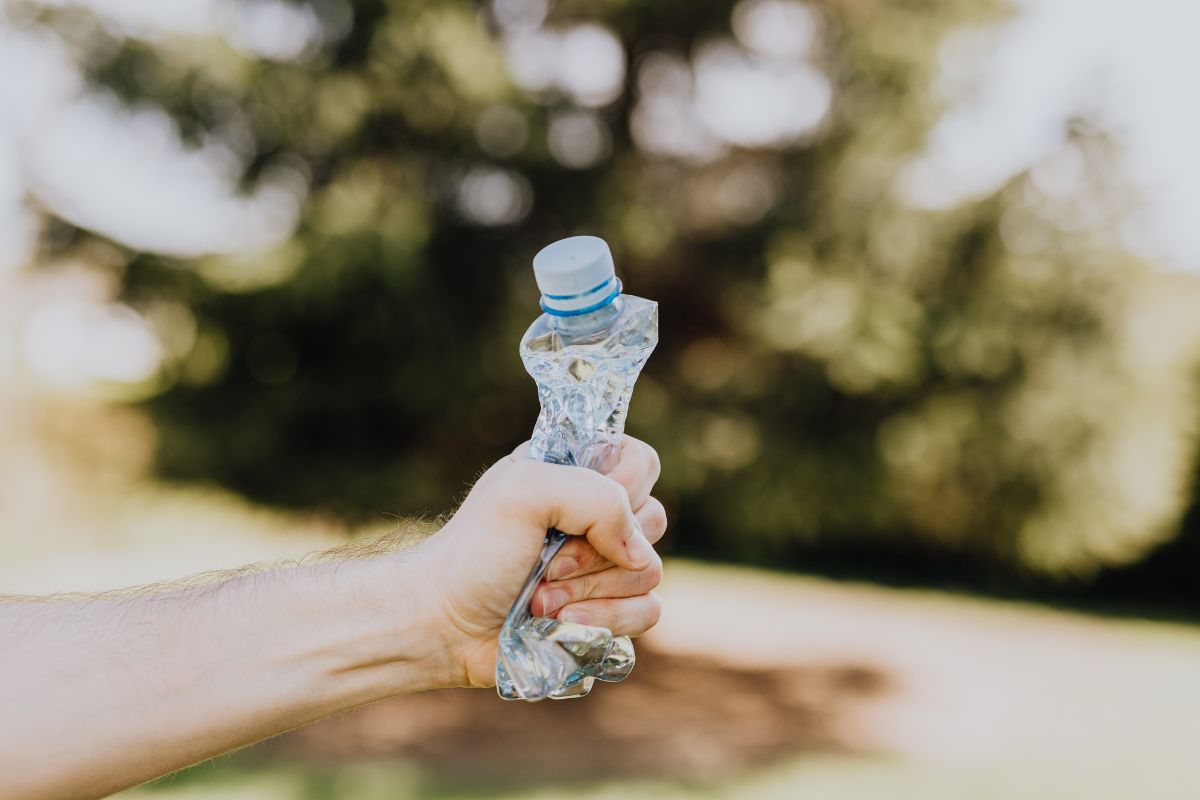Hurray, it’s finally July! And that marks the start of Plastic Free July! It’s my favourite time of the year when I see people sharing their tips and commitment on social media. I did my first Plastic Free July challenge years ago when I was still in university.
Like many others, I had an epiphany to quit plastic when I realised how reliant I was on single-use disposable plastics. The epiphany came a few years ago when my trash bag broke. I was picking up the spilled contents and subconsciously did an audit of my trash (more on that later). Some of the recurring disposable plastics were food packaging (sandwich bags, frozen food bags, fruit punnets), coffee cups, plastic utensils, and single-serve condiment packets.
I knew it was time to go leaner on plastics. It’s been a steep learning curve trying to purge single-use plastic. It can sometimes get frustrating and overwhelming (it’s a cocktail of commotions). And I’ve got to admit that I’m no plastic-free zealot; I still can’t fit all of my trash into a pint-sized jar.
But, though a tad guilty, I’m not ashamed of that because I’m doing the best I can to have a lifestyle lean on plastics. Of course, I will do better this year with all my knowledge gathered over the years. So, if you’re new to Plastic Free July, read for more information and tips!
Common disposables & their impacts

Before we look at what we can do this Plastic Free July, let’s first look at the Big Four and their impacts. The top four single-use plastics—the one-and-done plastics we see everywhere—are plastic bags, water bottles, plastic straws, and takeaway cups (and lids).
Plastic Bags
In Singapore, it’s estimated that we use approximately 2.5 billion plastic bags each year, and that includes the 2 million plastic bags that are taken from supermarkets daily! That’s equivalent to 452 plastic bags per person a year. These flimsy, short-lived, throwaway plastic bags are one of the largest polluters; these bags are—as Rebecca Prince-Ruiz, founder of Plastic Free July, describes in her book, Plastic Free—“becoming hazardous baggage for the world.”
Plastic Water Bottles
Next, let’s look at plastic water bottles. According to a study by the Singapore Environment Council in 2018, we use a whopping 467 million PET bottles yearly, which can fill 94 Olympic-sized swimming pools! These Polyethylene terephthalate (PET) bottles can be recycled, but it’s estimated that only 4 percent of them are recycled.
Plastic Straws
Plastic straws! We’re so used to drinking from a single-use straw that it’s become a habit to take one from the dispenser at the checkout or collection point—it’s become muscle memory, some would argue. It’s getting excessive; approximately 2.2 million straws are used every single day, which can circle around our borders more than twice!
Takeaway Cups
The next time you get your iced coffee fix, remember: an estimated 500 billion disposable cups are used each year, according to Earth Day Network. What’s appalling is that only 1% of these cups were recycled! Also, did you know that this short-lived plastic cup has a long-lasting effect? It takes 500 years to disintegrate; that plastic cup you used and tossed out today will probably disintegrate only by 2522.
Why Should We Care?

These single-use disposable plastics are at the heart of the plastic pollution issue. It takes up space in landfills—Singapore’s only landfill will be completely filled by 2035–emits methane, and chokes our oceans, causing dire consequences for marine life and humans.
The trash bin is simply a pit stop on this long trajectory into the landfill, ocean, air… and ultimately, you. According to the Pew Charitable Trusts, the amount of plastic waste flushing into the ocean every year will nearly triple to 29 million metric tons by 2040.
The plastic debris accumulates in a swirling gyre like the Great Pacific Garbage Patch, a huge ocean gyre between Hawaii and Alaska. These plastics shed and splinter into flocculent flakes of microplastics and are ingested by marine animals, causing growth and reproductive issues and even death.
We’re not spared—surprise, surprise—from all the perils of plastic either. These tiny plastic particles make their way to you through food, (drinking) water, and air. In addition, research has shown that microplastics were detected in human stool and, most recently, human blood.
Tips to Kickstart Plastic Free July

There are tons of tips on Plastic Free July’s website to guide you step-by-step so you don’t have to feel like a headless chicken! Here are some of my favourite tips to ditch (reduce) your one-and-done plastic this Plastic Free July:
For Starters: Audit Your Trash
Before you start attempting to give plastic the boot, do yourself a favour and do a bin audit. And no, you don’t have to look through your trash like I—unintentionally—did. Instead, you can keep a tally of the trash you make in a week. Gather all the data on your trash habits to better understand which type of plastics you can work on this Plastic Free July.
Get Rolling: Eliminate The Big Four Plastics
We’re creatures of habit. And the key to creating good habits is to first break the bad ones—ditch the plastic straw—before encouraging the good ones—use a reusable container. So, once you’ve done your audit, decide on one or two disposable plastic items you want to commit for waste reduction.
Then, start small and work your way to finally eliminate the Big Four by creating a Bring-Your-Own (BYO) kit to take along wherever you go.
Put together your BYO kit (reusable bag, bottle, straw, coffee cup, etc.) with items that you already have at home, even if it’s plastic. There’s no point in purging all plastic items to purchase sustainable, reusable alternatives. This doesn’t help with the bigger issue we have: overconsumption. And the truth is, you can’t solve overconsumption with consumption. Every product manufactured uses resources, whether or not it was designed to be one-and-done or for multiple uses.
Read more: Buying sustainability: There’s more than meets the eye
Take It Up A Notch: Go Disposable-Free

After tackling the top four plastics, look back at your trash tally and see what other disposables you can eliminate in the nooks and crannies of your lifestyle.
Notice a lot of cling wraps or sandwich bags? Use reusable alternatives like beeswax wraps, Stasher bags, or reuse an ice cream container to store your leftovers/marinades. Pro-tip if you’re using ice cream containers: label them, so you won’t get disappointed later. 😉 See a lot of cotton pads, razors, and soap refill pouches?
Consider getting reusable facial rounds, safety razors, and package-free soap bars! Also, ditch non-refillable stationeries and buy less. And if you can, shop in package-free bulk food stores. But sometimes, no matter how hard you try, you can’t avoid food packaging. My favourite way to upcycle them is to use them for organising stuff at home.
Inspire Others
Part of the Plastic Free July challenge is to engage your community—school, work, neighbourhood, etc.—and encourage them to participate in refusing single-use plastic. Organise workshops or plastic-free midday coffee or tea! If you’re too shy to talk to others, lead by example. Bring your BYO habits to work or school, and get the conversation rolling when someone asks you about it.
You can also choose to spread the word on social media to share your plastic-free adventures with the online community. This July at The Sustainability Project, we’re taking one step further by practising Disposable Free July instead. Join us in this challenge, and remember to tag us on Instagram (@thesustainabilityproject_) and #DFJuly! Also, check out our page for tips on how we try to go disposable-free.
Read more: Convincing the unconvinced to take steps for the Earth
Plan For Failure & Celebrate Small Wins
You read that right: you have to make room for ‘failure’. There will be moments you slip up; sometimes you forget to tell the auntie that you’re using your container, or you were too slow, and she started bagging your food as soon as you ordered. 🙁
It’s alright; you don’t have to beat yourself up. After all, the Plastic Free July challenge isn’t about perfection (although you should challenge yourself a little). Sometimes you will feel like you’re not doing the challenge as great as others you see on social media. But remember, this is not a competitive sport.
You have to consider your own circumstances and limitations! What works for them may not work for you; you get to explore and chart your own path! Plus, it’s a lot more difficult than usual to avoid single-use plastic with the pandemic, and that’s okay. It’s also important to put our health and safety first.
And above all that, remember to celebrate tiny victories. This helps to keep you working towards your next baby step and eventually leads you to your environmental goals! Rome wasn’t built in a day, and the same goes for your plastic-free lifestyle. It will take some time, so be patient and press on, even after July!
Read more: The hummingbird parable: What we can do for Earth
You can’t “fail” the Plastic Free July challenge. It’s not about doing it perfectly for a short period, and you feel burnout and give up. Instead, do it imperfectly so your plastic-free habits last a lifetime. The goal here is to find a way to reduce single-use disposable plastic usage that’s sustainable for your lifestyle.

